当前位置:网站首页>I wrote a learning and practice tutorial for beginners!
I wrote a learning and practice tutorial for beginners!
2022-07-04 18:05:00 【Datawhale】
Datawhale dried food
author : Herding bear ,Datawhale member
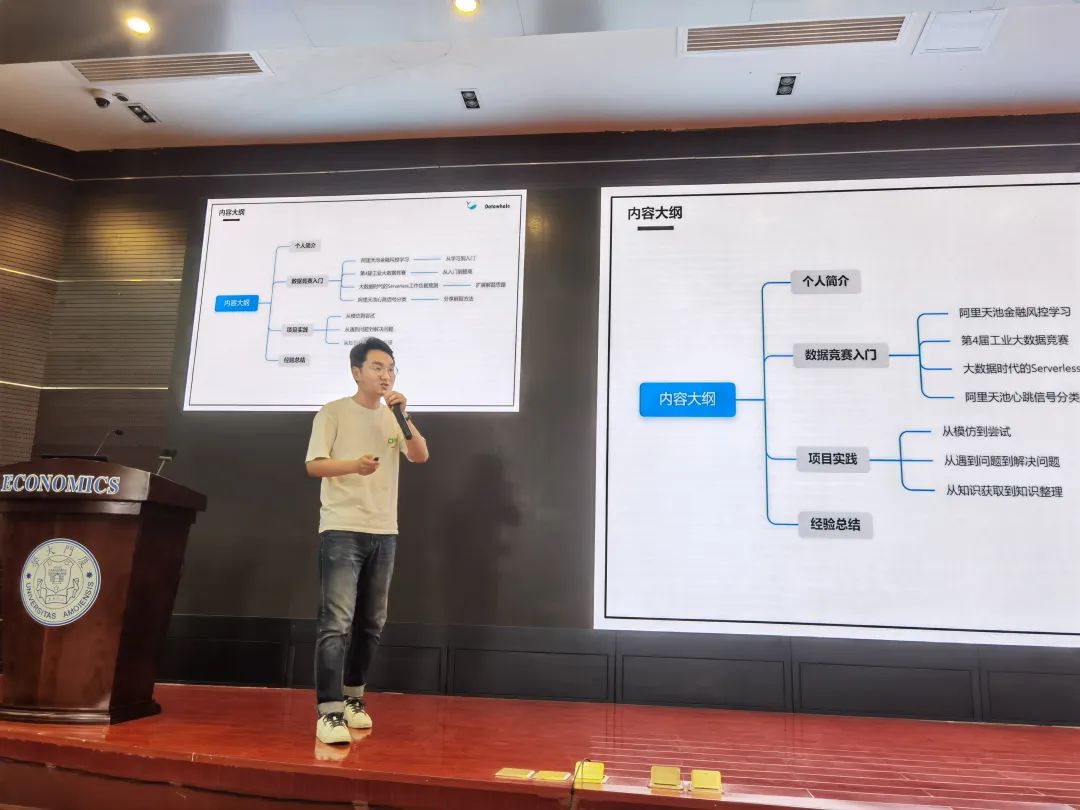
In the last week Datawhale Shared an article about the data mining competition baseline programme , Some teachers use it as learning materials for students to practice and study , Many students reported that they still had difficulties in learning and practice :
classmate A:baseline Some codes are not understood
classmate B: Just started learning , Want to get started , I don't know where to start , Then the theory is not very solid , I don't know whether to learn theory first or start first ; See the plan , I don't know what knowledge to use , Still quite confused ;
classmate C: For beginners, you need to be careful and comprehensive , For example, including file reading 、 Feature handling 、 Definition of input / output data structure 、 Preliminary results 、 Is there anything worth optimizing …… wait
So I wrote a new article , For beginners in competition practice : It provides a complete process of competition practice 、 Complete code comments 、 And reference learning materials .
Introduction to the contest question
Hkust xunfei : Diabetes genetic risk testing challenge . By 2022 year , Diabetes mellitus in China 1.3 Billion . The causes of diabetes in China are influenced by lifestyle 、 Aging 、 Urbanization 、 Family heredity and other factors affect . meanwhile , People with diabetes tend to be younger .
Diabetes can lead to cardiovascular disease 、 Kidneys 、 Occurrence of cerebrovascular complications . therefore , Accurate diagnosis of individuals with diabetes has very important clinical significance . Early genetic risk prediction of diabetes will help to prevent the occurrence of diabetes .
Event practice address :
https://challenge.xfyun.cn/topic/info?type=diabetes&ch=ds22-dw-gzh02
Match task
In this competition , You need to go through Training data set structure Genetic risk prediction model of diabetes , And then predict Test data set Whether the middle-aged individual has diabetes , Join us to help diabetes patients solve this problem “ Sweet troubles ”.
Question data
The competition data consists of training set and test set , The details are as follows :
Training set : share 5070 Data , Used to build your forecasting model
Test set : share 1000 Data , Used to verify the performance of the prediction model .
The training set data package contains 9 A field : Gender 、 Year of birth 、 Body mass index 、 Family history of diabetes 、 diastolic pressure 、 Oral glucose tolerance test 、 Insulin release test 、 Triceps brachii skinfold thickness 、 Signs of diabetes ( Data labels ).
Standard for evaluation
Use... In the two category task F1-score Indicators for evaluation ,F1-score The larger the size, the better the performance of the prediction model ,F1-score Is defined as follows :

among :


Tips: According to the meaning , Diabetes genetic risk testing challenge will provide 2 Data sets , They are training data set and test data set , The training data set includes characteristic data and data labels ( Whether the patient has diabetes ), The test data set has only characteristic data , We need to Genetic risk prediction model of diabetes , The competitor evaluates the prediction accuracy of the model by testing the data set , The higher the accuracy of the model prediction, the better .
Ref:
You know : II. Common evaluation indicators for classification problems
https://zhuanlan.zhihu.com/p/55324860
Competition questions Baseline
Tips: In this competition , We will provide python The code is used for the analysis of competition data and model construction , If you are not familiar with the relevant codes and principles in the competition , You can refer to relevant learning materials or in Datawhale Communicate in groups to solve the problems you encounter .
step 1: Sign up for the competition :
https://challenge.xfyun.cn/topic/info?type=diabetes&ch=ds22-dw-gzh02
step 2: Download game data ( Click the question data on the competition page )
step 3: Decompress the game data , And use pandas To read
Import third-party library
Tips: In Ben baseline in , We go through pandas Process the data , adopt lightgbm Algorithm to build Genetic risk prediction model of diabetes
Ref:
pandas usage - The most detailed course of the whole network
https://blog.csdn.net/yiyele/article/details/80605909
import pandas as pd
import lightgbmData preprocessing
Tips: In this session , We usually need to check the quality of data , Including duplicate values 、 outliers 、 Missing value 、 Data distribution and data characteristics, etc , Through the preprocessing of training data , We can get higher quality training data , This helps to build a more accurate prediction model .
In Ben baseline in , We found that
diastolic pressureThere is a missing value in the feature , We use the method of filling in missing values , Of course, there are other ways to deal with it , If you are interested, you can try .Ref:
machine learning ( 3、 ... and ): Data preprocessing -- The basic method of data preprocessing
https://zhuanlan.zhihu.com/p/100442371
data1=pd.read_csv(' Game training set .csv',encoding='gbk')
data2=pd.read_csv(' Competition test set .csv',encoding='gbk')
#label Marked as -1
data2[' Signs of diabetes ']=-1
# The training set and the testing machine are merged
data=pd.concat([data1,data2],axis=0,ignore_index=True)
# Fill the missing values in the diastolic blood pressure characteristics with -1
data[' diastolic pressure ']=data[' diastolic pressure '].fillna(-1)Feature Engineering
Tips: In this session , We need to construct features of data , The aim is to extract features from the original data to the maximum extent for use by algorithms and models , This helps to build a more accurate prediction model .
Ref:
# Feature Engineering
"""
Convert the year of birth into age
"""
data[' Year of birth ']=2022-data[' Year of birth '] # Change to age
"""
The normal value of the body mass index for adults is 18.5-24 Between
lower than 18.5 It's a low BMI
stay 24-27 Between them is overweight
27 The above consideration is obesity
higher than 32 You are very fat .
"""
def BMI(a):
if a<18.5:
return 0
elif 18.5<=a<=24:
return 1
elif 24<a<=27:
return 2
elif 27<a<=32:
return 3
else:
return 4
data['BMI']=data[' Body mass index '].apply(BMI)
# Family history of diabetes
"""
No record
One uncle or aunt has diabetes / One uncle or aunt has diabetes
One parent has diabetes
"""
def FHOD(a):
if a==' No record ':
return 0
elif a==' One uncle or aunt has diabetes ' or a==' One uncle or aunt has diabetes ':
return 1
else:
return 2
data[' Family history of diabetes ']=data[' Family history of diabetes '].apply(FHOD)
"""
The diastolic pressure range is 60-90
"""
def DBP(a):
if a<60:
return 0
elif 60<=a<=90:
return 1
elif a>90:
return 2
else:
return a
data['DBP']=data[' diastolic pressure '].apply(DBP)
#------------------------------------
# The processed feature engineering is divided into training set and test set , The training set is used to train the model , The test set is used to evaluate the accuracy of the model
# There is no relationship between the number and whether the patient has diabetes , Irrelevant features shall be deleted
train=data[data[' Signs of diabetes '] !=-1]
test=data[data[' Signs of diabetes '] ==-1]
train_label=train[' Signs of diabetes ']
train=train.drop([' Number ',' Signs of diabetes '],axis=1)
test=test.drop([' Number ',' Signs of diabetes '],axis=1)Build the model
Tips: In this session , We need to train the training set to build the corresponding model , In Ben baseline And we used that Lightgbm Algorithm for data training , Of course, you can also use other machine learning algorithms / Deep learning algorithm , You can even synthesize the results predicted by different algorithms , Anyway, the final goal is to obtain higher prediction accuracy , Towards this goal ~
In this section , We will use training data 5 Fold cross validation training method for training , This is a good way to improve the accuracy of model prediction
Ref:
# Use Lightgbm Methods training data set , Use 5 Fold cross validation method to obtain 5 Test set prediction results
def select_by_lgb(train_data,train_label,test_data,random_state=2022,n_splits=5,metric='auc',num_round=10000,early_stopping_rounds=100):
kfold = KFold(n_splits=n_splits, shuffle=True, random_state=random_state)
fold=0
result=[]
for train_idx, val_idx in kfold.split(train_data):
random_state+=1
train_x = train_data.loc[train_idx]
train_y = train_label.loc[train_idx]
test_x = train_data.loc[val_idx]
test_y = train_label.loc[val_idx]
clf=lightgbm
train_matrix=clf.Dataset(train_x,label=train_y)
test_matrix=clf.Dataset(test_x,label=test_y)
params={
'boosting_type': 'gbdt',
'objective': 'binary',
'learning_rate': 0.1,
'metric': metric,
'seed': 2020,
'nthread':-1 }
model=clf.train(params,train_matrix,num_round,valid_sets=test_matrix,early_stopping_rounds=early_stopping_rounds)
pre_y=model.predict(test_data)
result.append(pre_y)
fold+=1
return result
test_data=select_by_lgb(train,train_label,test)
#test_data Namely 5 In cross validation 5 The result of this prediction
pre_y=pd.DataFrame(test_data).T
# take 5 Calculate the average value of the prediction results , Of course, other methods can also be used
pre_y['averge']=pre_y[[i for i in range(5)]].mean(axis=1)
# Because the competition requires you to submit the final prediction and judgment , The prediction result given by the model is probability , So we think that probability >0.5 That is, the patient has diabetes , probability <=0.5 There is no diabetes
pre_y['label']=pre_y['averge'].apply(lambda x:1 if x>0.5 else 0)
pre_yResults submitted
Tips: In this session , We need to submit the final prediction results to the data competition platform , It should be noted that we should strictly follow the file format submission requirements of the competition platform .
result=pd.read_csv(' Submit sample .csv')
result['label']=pre_y['label']
result.to_csv('result.csv',index=False) among result.csv The files that need to be submitted to the platform , Enter the data competition platform , Click on Submit results , choice result.csv The document can complete the result submission
follow-up
Through simple learning , We completed the diabetes genetic risk testing challenge baseline Mission , What should we do next ? It is mainly the following several aspects :
Continue to try different prediction models or feature engineering to improve the accuracy of model prediction
Join in Datawhale Competition exchange group , Get other more effective scoring information
Refer to relevant data on genetic risk prediction of diabetes , Get other model building methods
...
All in all , Is in the baseline On the basis of continuous transformation and try , Improve your data mining ability through continuous practice , As the saying goes 【 It's on paper , We must know that we must do it 】, Maybe you are proficient in machine learning algorithms , Be able to deduce various formulas skillfully , But how to apply the learned methods to practical engineering , We need to constantly try and improve , No model is a one-step result , To the final champion ~
Ref:

Focus on Datawhale official account , reply “ data mining ” or “CV” or “NLP” You can be invited to the exchange group of relevant events , You don't need to add any more if you are already there .

Sorting is not easy to , spot Fabulous Three even ↓
边栏推荐
- 【每日一题】871. 最低加油次数
- 7 RSA Cryptosystem
- Oppo Xiaobu launched Obert, a large pre training model, and promoted to the top of kgclue
- Flask lightweight web framework
- Is BigDecimal safe to calculate the amount? Look at these five pits~~
- Summary of subsidy policies across the country for dcmm certification in 2022
- How to test MDM products
- 【209】go语言的学习思想
- 俄罗斯 Arenadata 发布基于PostgreSQL的产品
- 庆贺!科蓝SUNDB与中创软件完成七大产品的兼容性适配
猜你喜欢
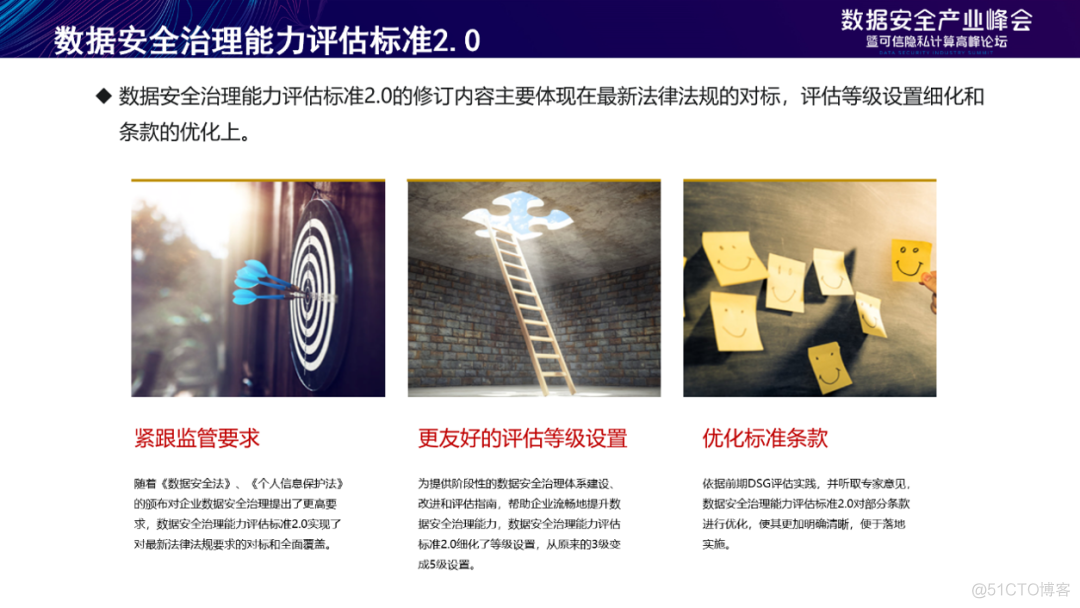
Interpretation of data security governance capability evaluation framework 2.0, the fourth batch of DSG evaluation collection

Oppo Xiaobu launched Obert, a large pre training model, and promoted to the top of kgclue

曾经的“彩电大王”,退市前卖猪肉

Vscode modification indentation failed, indent four spaces as soon as it is saved

Five thousand words to clarify team self-organization construction | Liga wonderful talk
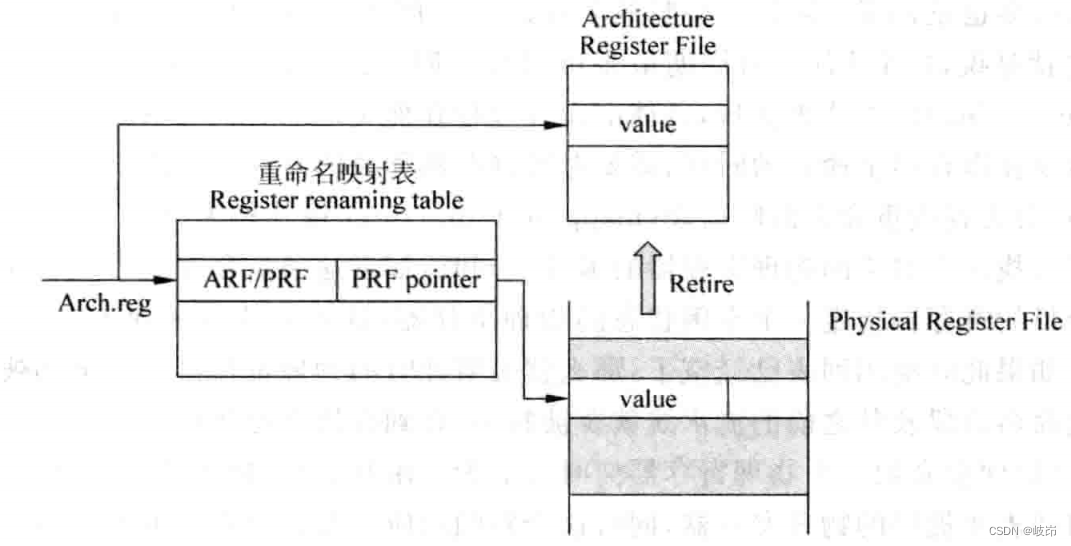
超标量处理器设计 姚永斌 第7章 寄存器重命名 摘录
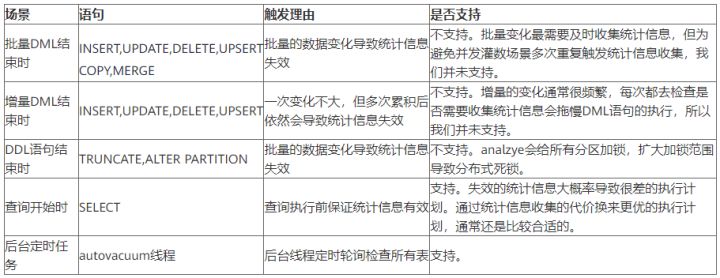
Master the use of auto analyze in data warehouse
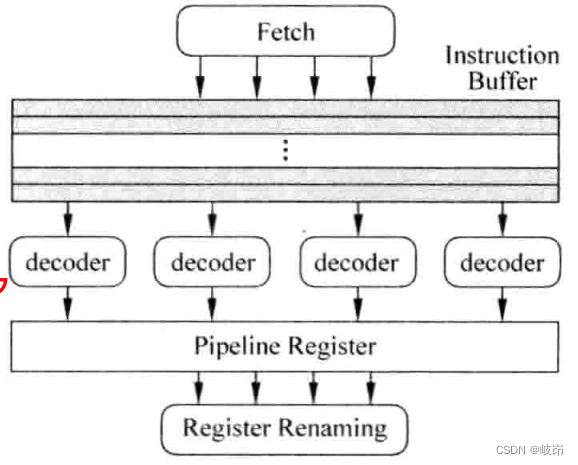
Superscalar processor design yaoyongbin Chapter 6 instruction decoding excerpt
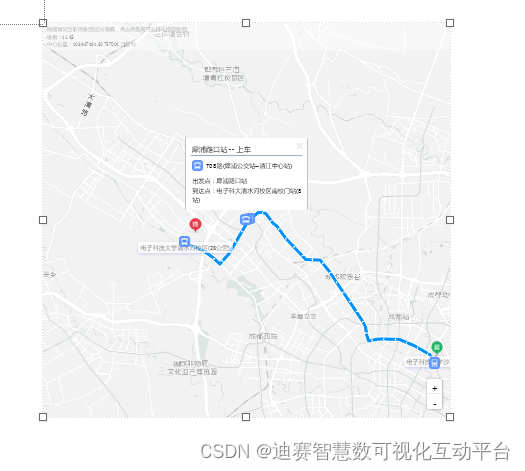
简单易用的地图可视化
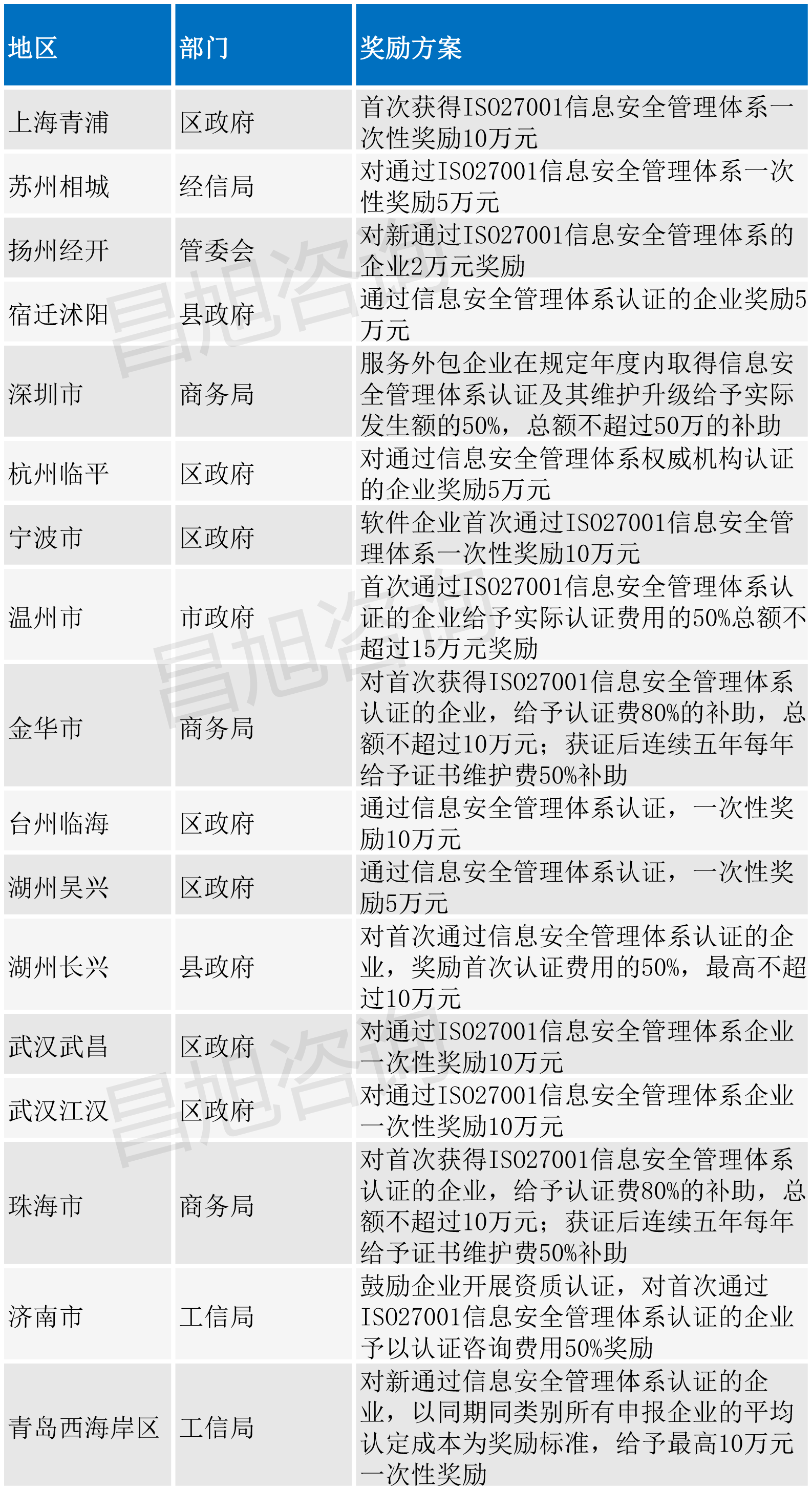
ISO27001认证办理流程及2022年补贴政策汇总
随机推荐
就在今天丨汇丰4位专家齐聚,共讨银行核心系统改造、迁移、重构难题
Rainfall warning broadcast automatic data platform bwii broadcast warning monitor
比李嘉诚还有钱的币圈大佬,刚在沙特买了楼
R language plot visualization: plot visualization of multiple variable violin plot in R with plot
正则表达式
华为云ModelArts的使用教程(附详细图解)
Easy to use map visualization
Summary of subsidy policies across the country for dcmm certification in 2022
Device interface analysis of the adapter of I2C subsystem (I2C dev.c file analysis)
Interpretation of data security governance capability evaluation framework 2.0, the fourth batch of DSG evaluation collection
Large scale service exception log retrieval
无心剑中译伊丽莎白·毕肖普《一门技艺》
The company needs to be monitored. How do ZABBIX and Prometheus choose? That's the right choice!
S5PV210芯片I2C适配器驱动分析(i2c-s3c2410.c)
如何进行MDM的产品测试
curl 命令妙用
要上市的威马,依然给不了百度信心
动态规划股票问题对比
12 - explore the underlying principles of IOS | runtime [isa details, class structure, method cache | t]
【系统分析师之路】第七章 复盘系统设计(结构化开发方法)